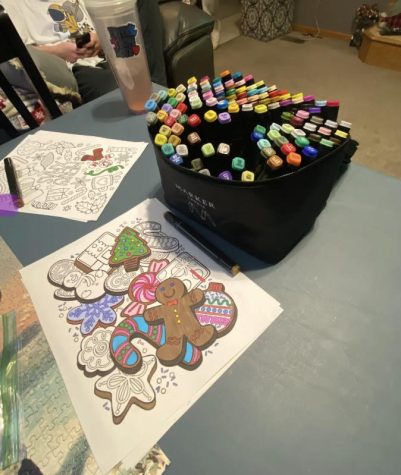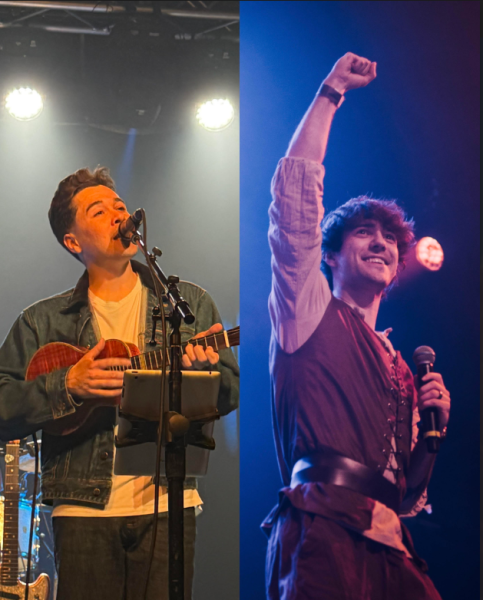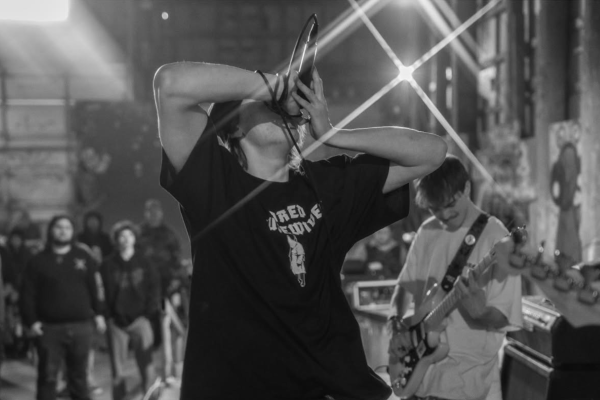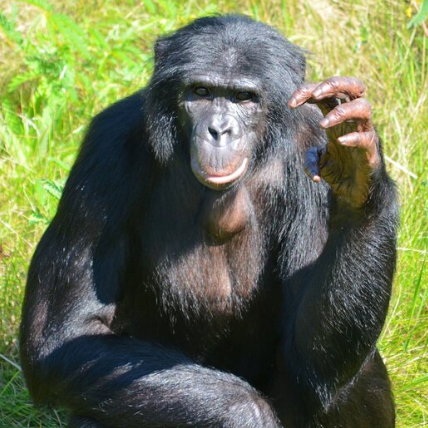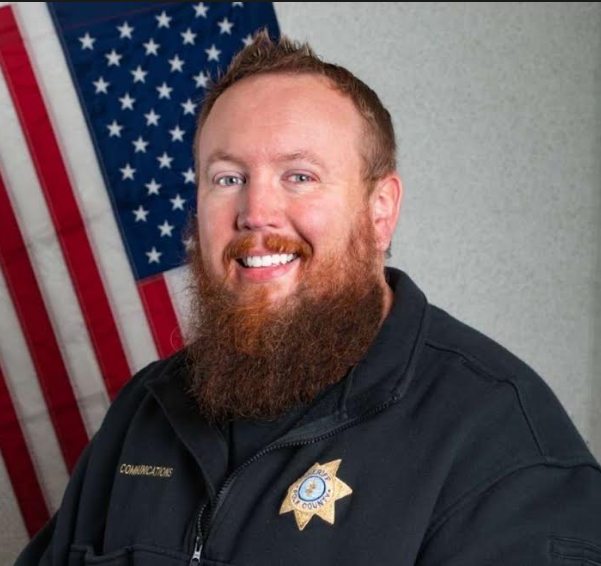Photography classes build their own pinhole cameras
The photography class started their semester by making pinhole cameras.
Art teacher Anne Otte has been teaching the class for 12 years and hopes this project will prepare students for the rest of the semester.
“I want students to understand how light and time work together to create proper exposure in photos. The pinhole camera allows students to experience these things and experiment with the process of setting up an image without having to know a lot about technical vocabulary or editing,” said Otte.
Otte explained how the pinhole cameras are made with a container, such as an oatmeal canister, that is spray painted black. The students are then to cut out a small opening, and poke a pinhole into a piece of foil placed inside the camera. The pinhole is visible through the opening and is covered by a “shutter door,” which the students construct with black construction paper.
Sophomore Coral Vandehaar was excited to make pinhole cameras, and learn more about photography using them.
“This project makes [the class] seem like it’s going to be pretty cool, especially when I get to use the actual cameras,” said Vandeharr.
Students are able to take pictures using the pinhole cameras by pointing them at a subject, and then opening the shutter door. By doing so, the light enters through the pinhole and the image is projected onto photo paper. However, when taking pictures with pinhole cameras, there are some obstacles students may face.
“Pinhole cameras present challenges when trying to get a clear image to develop. There is some experimenting involved and there are a lot of factors that affect the quality of exposure,” said Otte.
After students take their pictures, they go into the darkroom to develop their photos. The students learned a chemical process to develop their photos clearly.
“My favorite part is getting to use the darkroom,” said Vandehaar.
Developing the photos is a difficult part of using pinhole cameras. Otte describes how the photos need an emulsion coating on the photo paper. From there they used a chemical process to make the image appear and stay permanent.
“In this digital world everything is so instant, but this takes time, experimentation and problem-solving skills,” said Otte.

